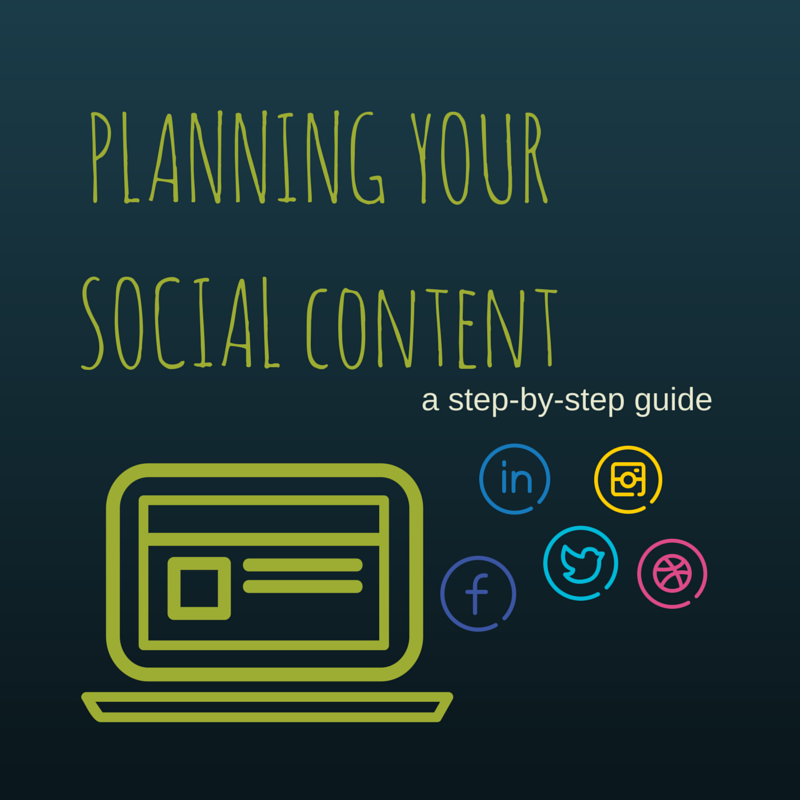One of the most frustrating things about writing long pieces of content is feeling like only a few people saw them and hours of your time was for nothing.
There are a few things to keep in mind when it comes to blog content that will help you feel like it was well worth the time invested.
1) Summon the SEO bots
Quality content on your website will help you rank higher in search engine searches. Even if you think of it as being there in order to help you work towards ranking higher in search (which we won’t), that’s still not a bad reason to create good content for your website.
This is important because every time you create new content, your website is crawled by the search engine bots.
2) Bring visitors to your site
You can send people back to your website for stuff that is already there, but often that gets tired pretty quickly – how many times can you promote your About and Sales pages without people getting frustrated?
Instead, by creating new content that you know is of interest to your audience, you have an opportunity to entice them to return and make them feel like they’re getting value out of what they’re reading.
It's key to make sure that you’re telling them you’ve created the content. Post it on Facebook, on Twitter, on Instagram and on Pinterest. Then send out an email to your mailing list letting your audience know that you created the new content.
If you don’t tell people that it’s there, they won’t know to go and look – so, promote, promote, promote!
I once heard you should spend as much time promoting a post as you spend writing it, if not more. Keeping that in mind will help you figure out just how much effort you have to put into getting people to see it for you to feel like it was worth writing.
A few other tips for promoting:
- Share multiple times – on Twitter you can share it 5-6 times over 48 hours easily. On Facebook you can share it again 24-48 hours later.
- If you’re worried about seeming repetitive, use ICYMI. It stands for “In case you missed it” and recognizes that you’ve posted it before, but that you know not everyone will have seen it.
But this next piece is also really critical:
3) Don’t forget about it.
Once you’ve promoted the content, plan to share it again over time. Not all of your content may be evergreen, but if it is it, plan to share it again in two weeks, six weeks and nine weeks later. You may even want to schedule it to share again in those time frames while you’re posting it the first time. It will save you time and make sure you don’t forget to keep re-sharing it.
There’s a great tool that can help you do that, though it is relatively expensive, called Edgar. I’ve been playing around with it and if you can afford to invest it in, it definitely makes sharing consistently easy.
4) Reuse pieces
Don’t think of your blog post as just a blog post. Take pieces of it and do different things with it.
Reuse it as a script for a short video, take quotes out and share as tips on Twitter or create visuals and share on Instagram.
Creating great content can be time consuming, but if you make that time well worth the investment then you will see results - results that make it easier to keep doing. By making sure the content is being properly promoted and shared on a regular basis, you’re going to see far more results with one piece of content than you did before.
Spend some time thinking about some of the content you’ve written in the past – can you do some of these things with them now?
















